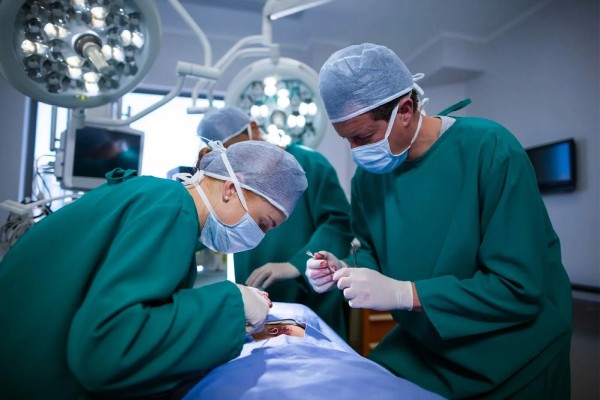Recent years have seen revolutionary developments in the field of spine surgery, with minimally invasive spine surgery (MISS) emerging as a game-changing strategy. The Minimally Invasive Spine Surgery Center (MISS Center), committed to offering patients advanced therapies that provide substantial advantages over conventional procedures, is at the forefront of this innovation. This article examines the MISS Center’s ideas, practices, and benefits, emphasizing how it is transforming spine health care.
The Development of Spine Surgery
Historically, spine surgery has been linked to lengthy recovery times, wide incisions, and thorough muscle dissection. Despite its effectiveness, conventional open spine surgery frequently causes severe pain following the procedure, prolonged hospital stays, and prolonged rehabilitation. Medical practitioners have looked for other methods to lessen the psychological and physical toll on patients after realizing these difficulties.
In this sense, minimally invasive spine surgery constitutes a paradigm change. With cutting-edge technology and sophisticated surgical methods, MISS seeks to minimize tissue damage, lessen discomfort, and hasten healing. The MISS Center is a prime example of this change, providing patients with an enhanced surgical experience by utilizing cutting-edge technology and highly qualified surgeons.
Cutting-Edge Methods at the MISS Center
The Minimally Invasive Spine Surgery Center provides a wide range of operations intended to treat different diseases connected to the spine. Among the most noteworthy practices are the following:
Endoscopic Discectomy: With this technique, surgical instruments, a tiny endoscope, and a thin tube with a camera are used to remove herniated disc debris. It makes precise excision of the troublesome disc possible with the least amount of tissue disturbance.
- Microdiscectomy: This procedure, which is akin to an endoscopic discectomy but involving a somewhat bigger incision, removes herniated disc material that is compressing spinal nerves. Patients who suffer from acute sciatica are frequently advised to have this treatment.
- Minimally Invasive Spinal Fusion: Spinal fusion may be required for individuals with degenerative disc degeneration or spinal instability. By fusing vertebrae using minimally invasive methods, the MISS Center shortens recovery times and lowers the possibility of problems.
- Kyphoplasty and vertebroplasty: These operations are used to treat osteoporosis-related spinal compression fractures. In vertebroplasty, the broken vertebra is filled with bone cement, but in kyphoplasty, the height of the vertebra is restored by first inflating a balloon and then inserting the cement.
- Minimally Invasive Decompression Surgery: This type of surgery is useful in treating conditions such as spinal stenosis, in which the spinal canal narrows and compresses nerves. This entails removing bone or tissue that is pressing against the nerves in order to increase range of motion and relieve discomfort.
Benefits of Minimally Invasive Spine Surgery
Because of its many advantages, minimally invasive spine surgery is becoming more and more common among surgeons and patients. Principal benefits consist of:
- Decreased Pain and Scarring: Post-operative pain is considerably lessened due to smaller incisions causing less tissue damage. For patients, reduced scarring also offers a significant cosmetic advantage.
- Shorter Hospital Stays: A number of MISS treatments can be completed as outpatient procedures, enabling patients to go home the same day or very soon after. This encourages a quicker recovery and lowers the risk of hospital-acquired infections.
- Faster Recovery: Patients recover more quickly from minimal tissue stress than from standard surgery, allowing them to resume regular activities sooner.
- Lower Risk of Complications: Less intrusive methods limit blood loss and lower the chance of problems including infections and anesthesia-related side effects.
- Enhanced Precision: Surgeons can more accurately target the damaged area thanks to advanced imaging and navigation technology, which raises the operation success rate overall.
Conclusion
For patients with spine-related diseases, the Minimally Invasive Spine Surgery Center is a ray of hope. With cutting-edge methods, individualized attention, and a dedication to creativity, the MISS Center is transforming spine surgery and providing patients with a route to less discomfort, a quicker recovery, and an enhanced quality of life. The future of spine health appears more promising than ever as the discipline develops, largely because to the innovative work of facilities like the MISS Center.











